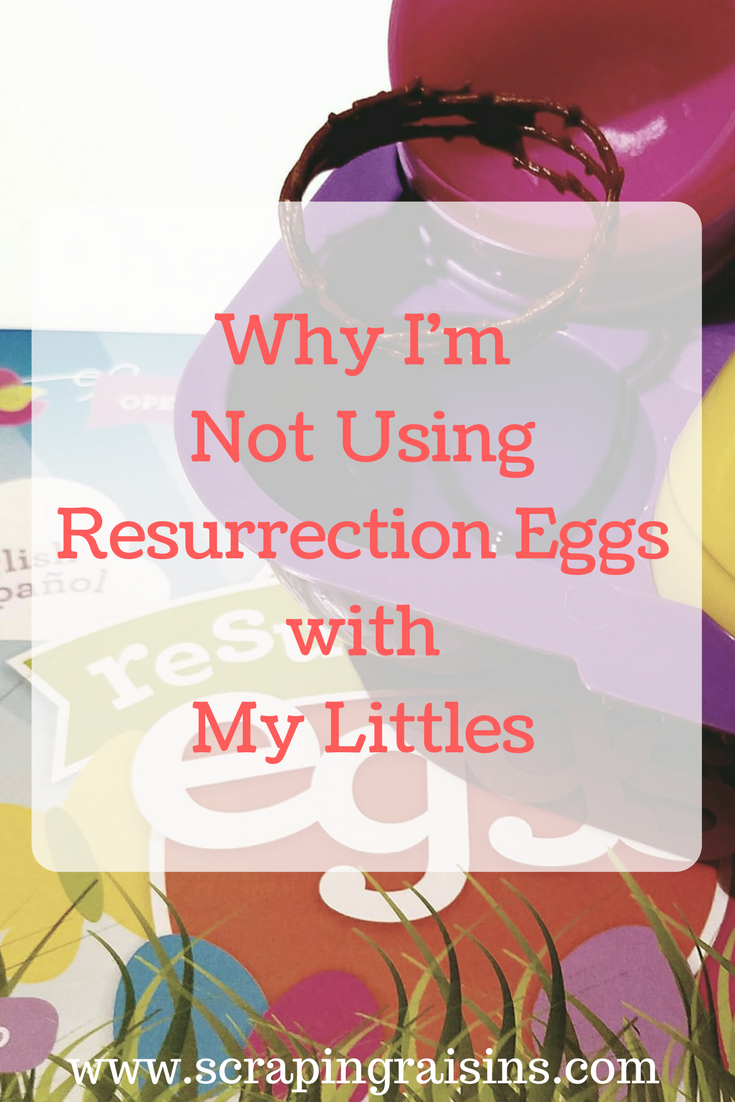
By Abigail Carroll | Website
This year, my church celebrated Lent in an unconventional way: we created art together. Specifically, we snapped black-and-white photographs designed to capture the theme of waiting.
Everyone was invited to submit their best six photos, and a skilled artist in the congregation assembled them into what we called a photography quilt, which we displayed during the Palm Sunday service.
As a member of the Arts Team, I had helped come up with the idea, but I harbored concerns that we would find a sufficient variety of examples when it came to visually depicting waiting—would we all end up photographing the same six things? I also wondered about the spiritual value of the project: would it merely offer a feel-good community experience, or would the church grow spiritually? Would I grow spiritually?
To my astonishment, I hardly had to search for waiting: it found me.
Shortly after we launched this arts initiative, I found myself in that iconic space of involuntary tarrying: a hospital waiting room. A woman at my church with no family in the area had asked me to pick her up following minor surgery. I arrived at the hour she was scheduled for release, but the surgery had been delayed, took longer than expected, and required more recovery time than usual.
Because I had anticipated a simple pick-up, I had neglected to pack reading material or my laptop, so I spent what amounted to about eight hours flipping through magazines, wandering hospital lobbies, and listening to the conversations of others who were also waiting. I found myself moved to pray for many.
As I snapped a photo of the sign, Bernice and Milton Stern Surgical Waiting Area, I realized that what I was waiting for was more than my friend to emerge from the surgical ward in a wheelchair escorted by a nurse: I was waiting—with a deep sense of yearning—for the time when surgery will be obsolete, when, as John the Revelator puts it, “there will be no more death or mourning and crying or pain” (Revelations 21:4). I was waiting for the old order of things to pass away and the new order of things to be ushered in.
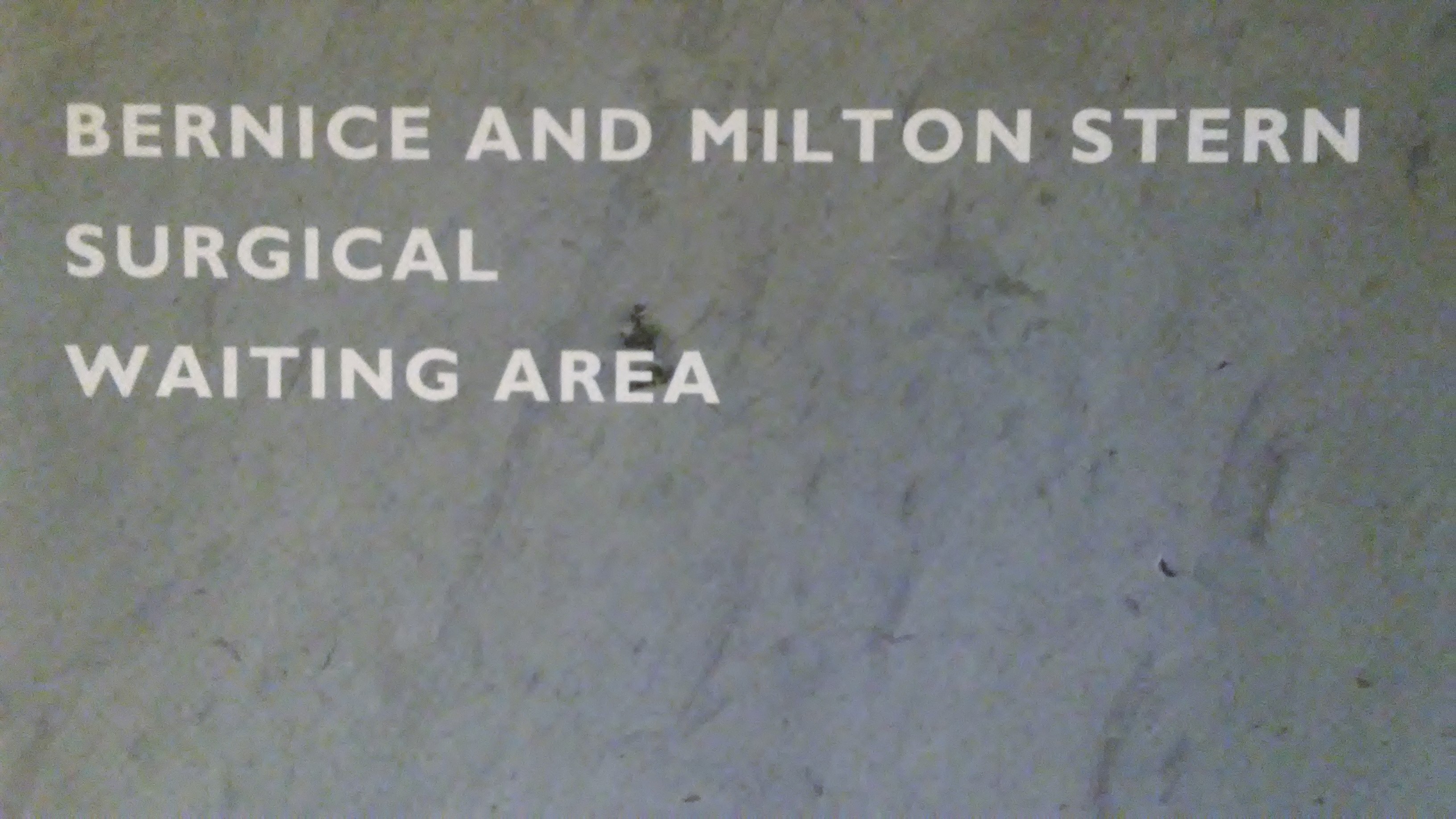
The second photograph I snapped was not in a hospital, but in my home.
My spirit had been feeling lifeless for some time, and I had been struggling to experience refreshment in prayer. One day when I was simply out of words to pray, I decided to take ten minutes with God in quiet with no attempt to use (or even think) words.
I installed myself in the rocker at my bedroom window overlooking a neighboring farm, and I gazed out over the white, snowy pastures. Something happened during those ten minutes that I can’t quite name. When I rose from my chair, I sensed that God’s presence had been with me, and my soul felt as though it had taken a deep, long breath. Once again, the theme of waiting had found me, so I photographed the chair next to the window, bathed in winter light.
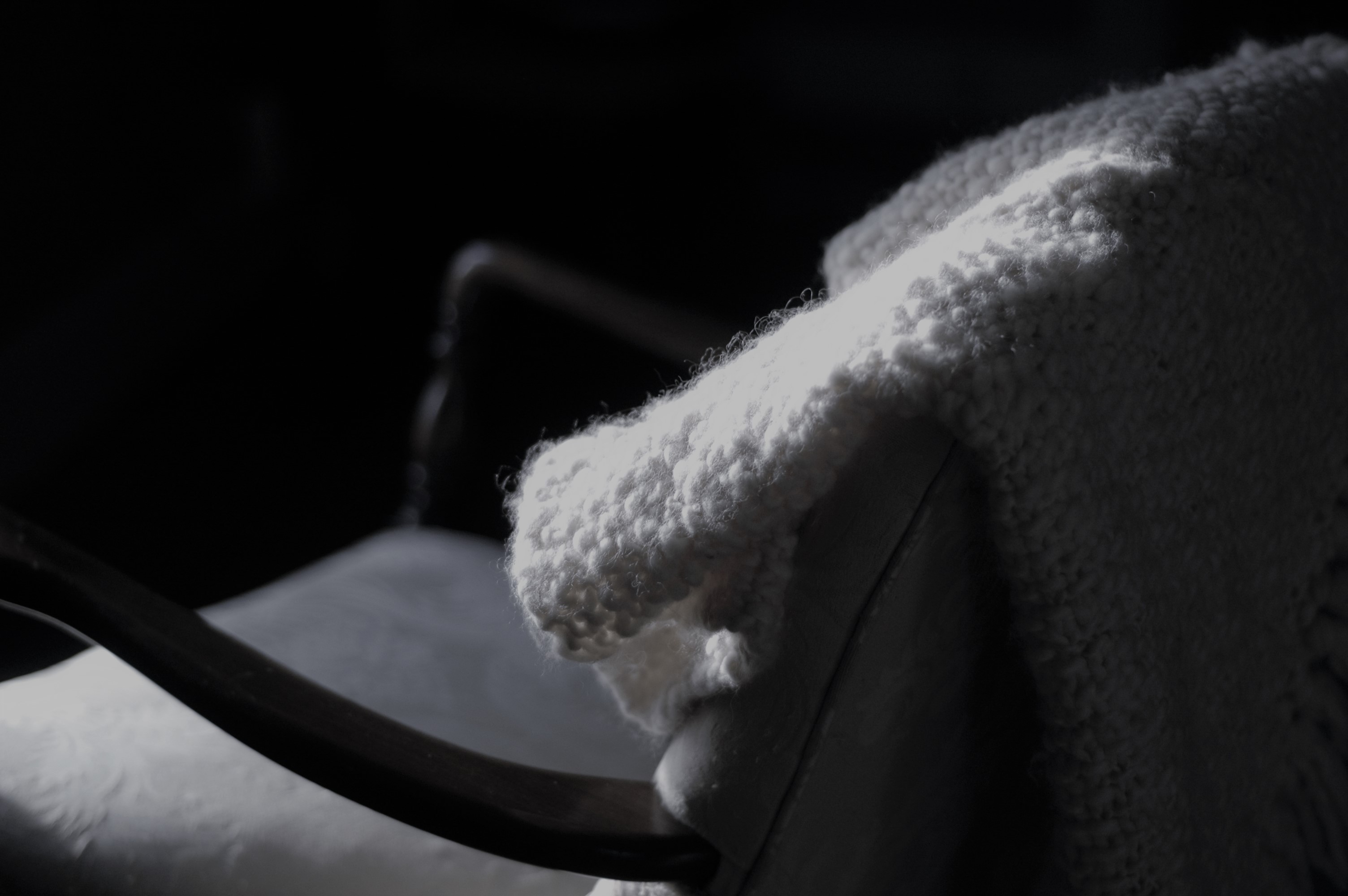
A third image of waiting presented itself while I was on a walk, but not just any walk.
I had learned that dear friends whom I considered practically family would be moving away. I was devastated. All morning, the sky had been spitting snow, and my heart was feeling as bleak as the damp day, which, though it was April in Vermont, yielded no sign of spring. That is, until I stumbled on a pile of brush on the side of the road sporting small velvety buds. It was pussy willow branches that had been clipped, but were blossoming just the same. I gathered some of the clippings and snapped a photo, and as I did, I realized the picture was less about the willow clippings, than of my clipped soul, which felt utterly dormant and cut off, but which I knew would bud again, even if I couldn’t yet see the life.
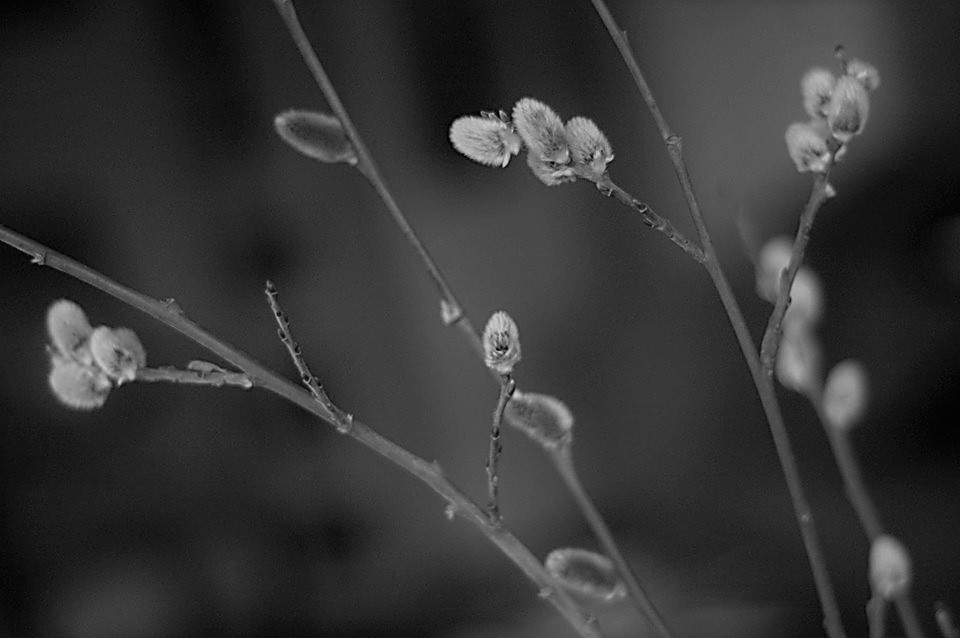
We are all waiting for something—a call, news about a job, a broken bone to heal, vacation, the coffee to percolate, spring. Waiting is inherent to the human condition. What I realized, as I participated in our Lenten arts project, however, is that just as the poetry of everyday life resonates with eternal truths, every instance of our day-to-day waiting bears the imprint of a larger waiting.
In his letter to the Romans, Paul says, “[We] groan inwardly as we wait eagerly for our adoption as sons, the redemption of our bodies” (Romans 8:23). This is the ultimate waiting to which all our other waiting points.
On Palm Sunday, when the photography quilt hung before the congregation, we beheld a portrait of our individual waiting, but also of our collective hope—a hope in the gospel’s promise that one day all which is broken will be restored.
I like to think that the act of snapping each photograph helped pique our hunger for a world gloriously renewed. At the very least, it piqued mine. I have come to recognize the experience of longing in my daily life as an opportunity to remember the One for whom I long, who has pledged to renew all things. As for pussy willows and waiting rooms, I don’t think I’ll ever look at them in quite the same way again.
***
BOOK GIVEAWAY!
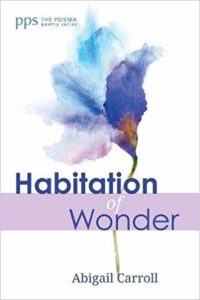 We are giving away two of Abigail’s books of poetry: Habitation of Wonder (Wipf & Stock 2018) and A Gathering of Larks: Letters to Saint Francis from a Modern-Day Pilgrim (Eerdmans 2017).
We are giving away two of Abigail’s books of poetry: Habitation of Wonder (Wipf & Stock 2018) and A Gathering of Larks: Letters to Saint Francis from a Modern-Day Pilgrim (Eerdmans 2017).
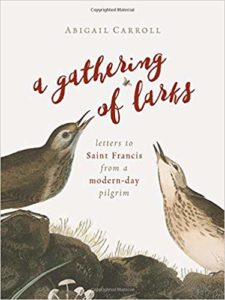 TWO WAYS TO ENTER
TWO WAYS TO ENTER
1. Sign up for my newsletter below AND/OR
2. Tag up to four friends on either my Instagram or Facebook posts about this blog post and I’ll enter YOU (not your friend) once per friend you tag! Contest ends Wednesday, July 4th, at midnight (MT)*Only U.S. residents, please! And no bots;-)
About Abigail:
 Abigail Carroll is author of two books of poetry, Habitation of Wonder (Wipf & Stock 2018) and A Gathering of Larks: Letters to Saint Francis from a Modern-Day Pilgrim (Eerdmans 2017). Her first book, Three Squares: The Invention of the American Meal (Basic Books 2013), was a finalist for the Zocalo Book Award. She serves as pastor of arts and spiritual formation at Church at the Well in Burlington, Vermont. You can find her online at www.abigail-carroll.com and follow her on Twitter at @ACarrollPoet.
Abigail Carroll is author of two books of poetry, Habitation of Wonder (Wipf & Stock 2018) and A Gathering of Larks: Letters to Saint Francis from a Modern-Day Pilgrim (Eerdmans 2017). Her first book, Three Squares: The Invention of the American Meal (Basic Books 2013), was a finalist for the Zocalo Book Award. She serves as pastor of arts and spiritual formation at Church at the Well in Burlington, Vermont. You can find her online at www.abigail-carroll.com and follow her on Twitter at @ACarrollPoet.
Sign up for the (occasional) Mid-month Digest and the (loosely) “end of the month” Secret Newsletter for Scraping Raisins Here:
*This post contains Amazon affiliate links
**All images except the first one are the property of Abigail Carroll and are used with permission.
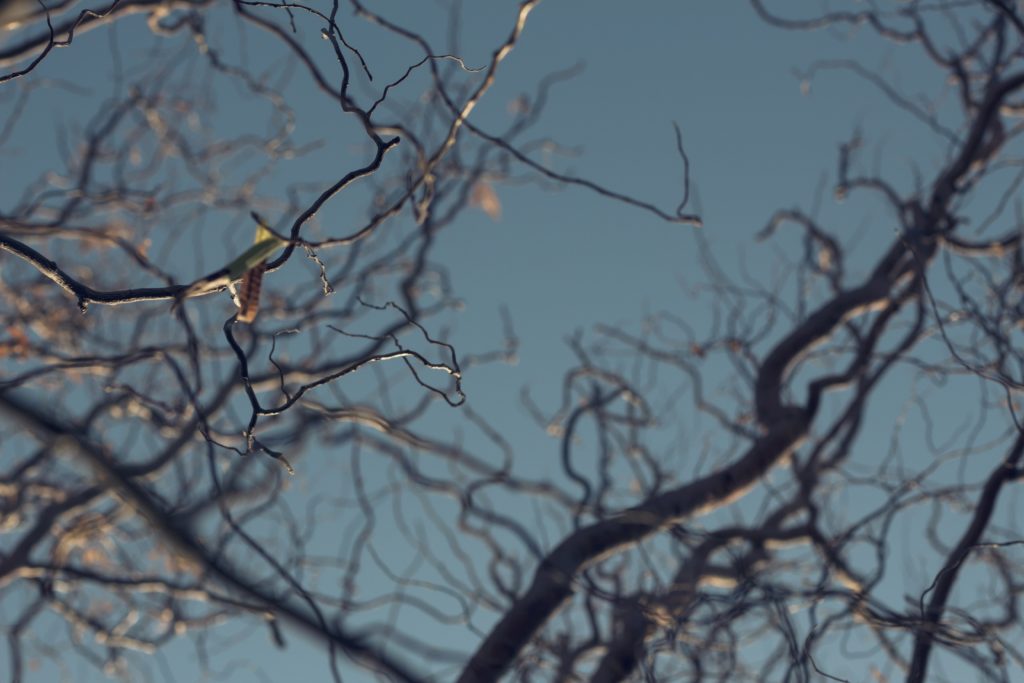
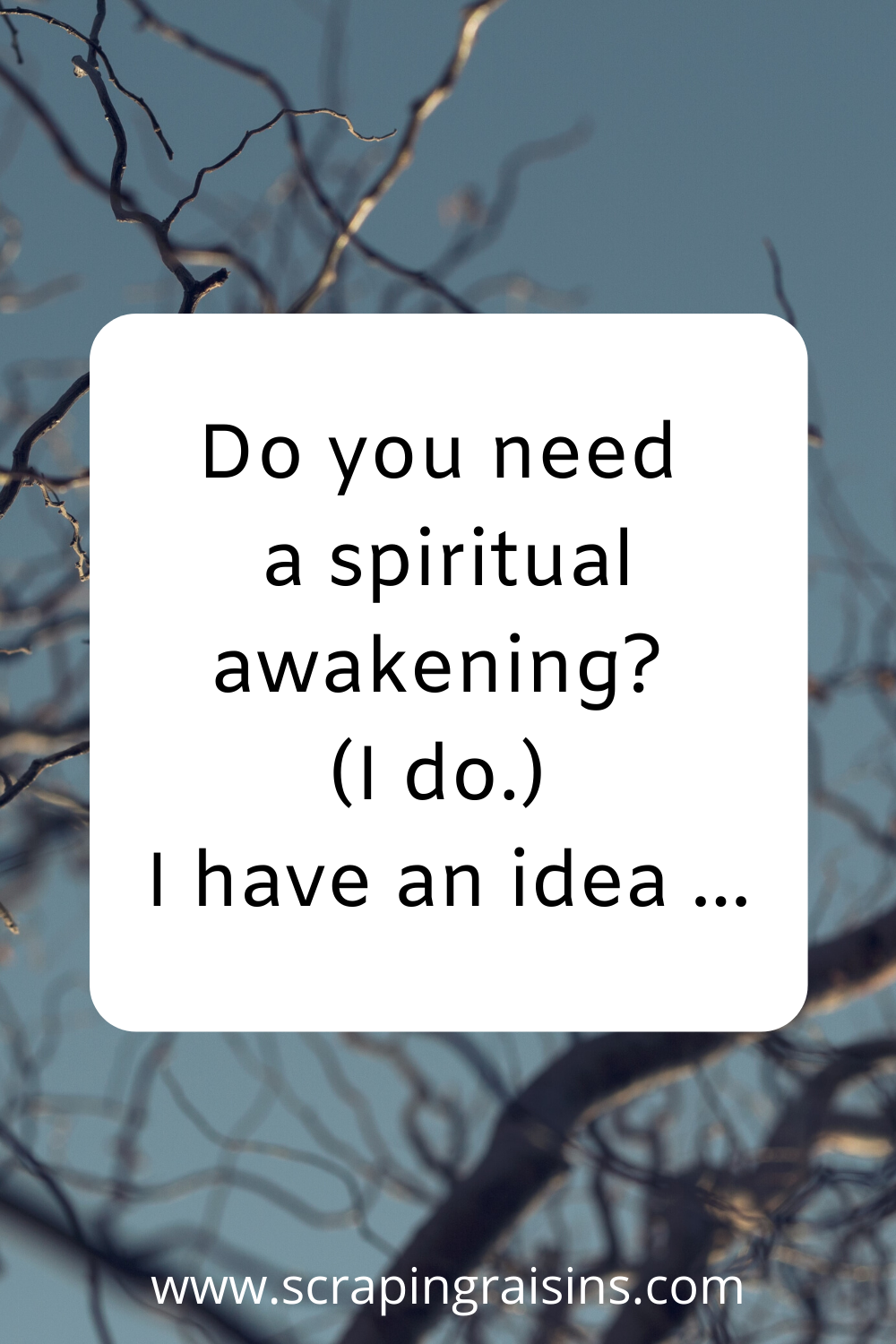





 We are giving away two of Abigail’s books of poetry:
We are giving away two of Abigail’s books of poetry:  TWO WAYS TO ENTER
TWO WAYS TO ENTER Abigail Carroll is author of two books of poetry,
Abigail Carroll is author of two books of poetry, 
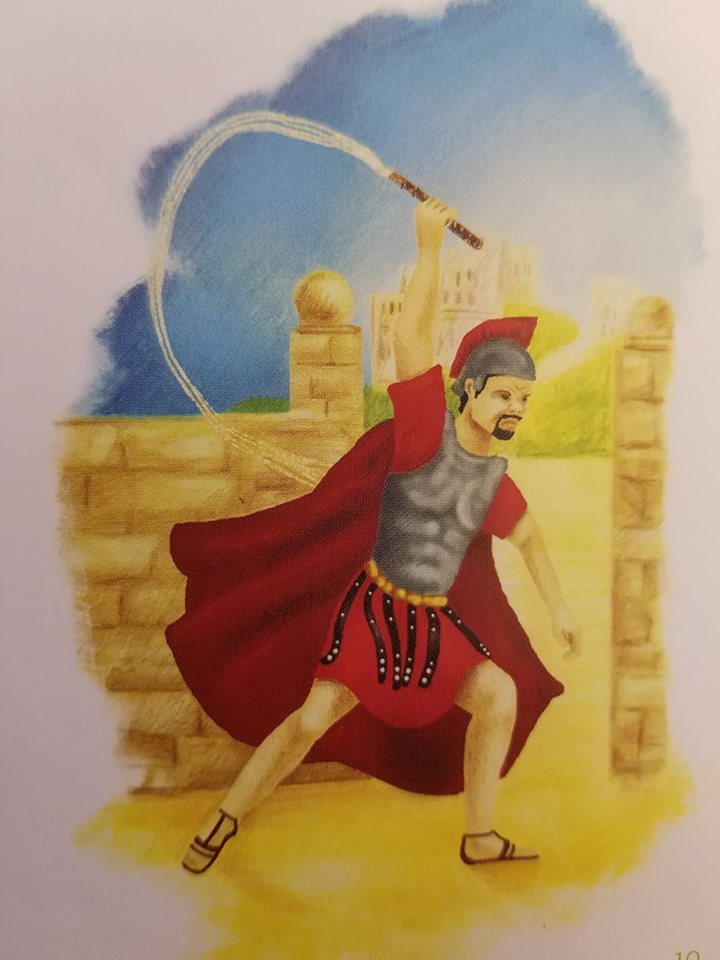
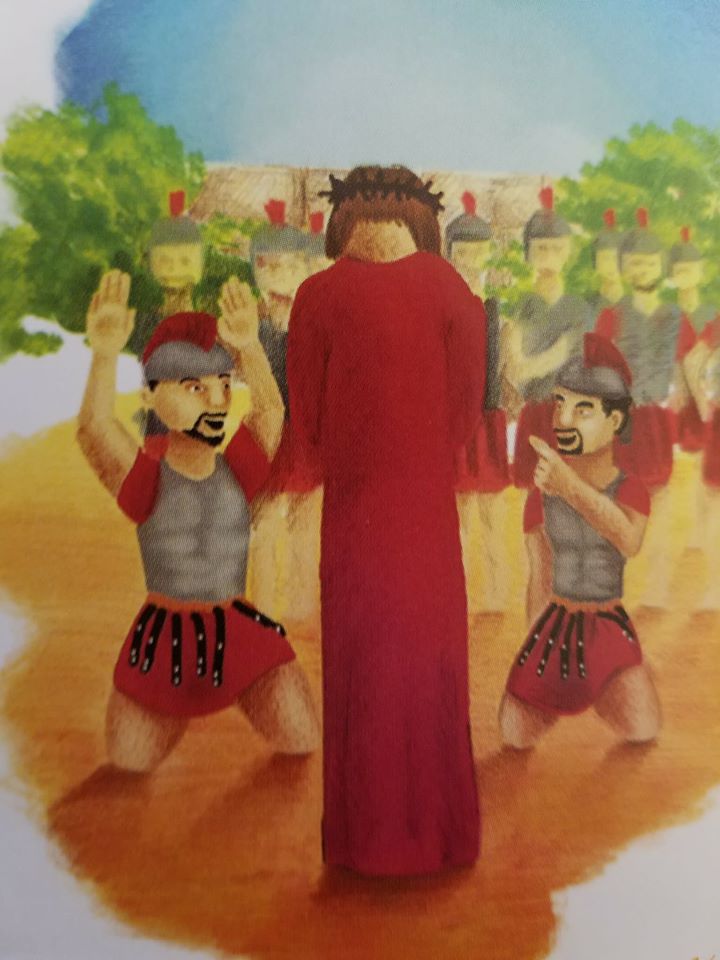
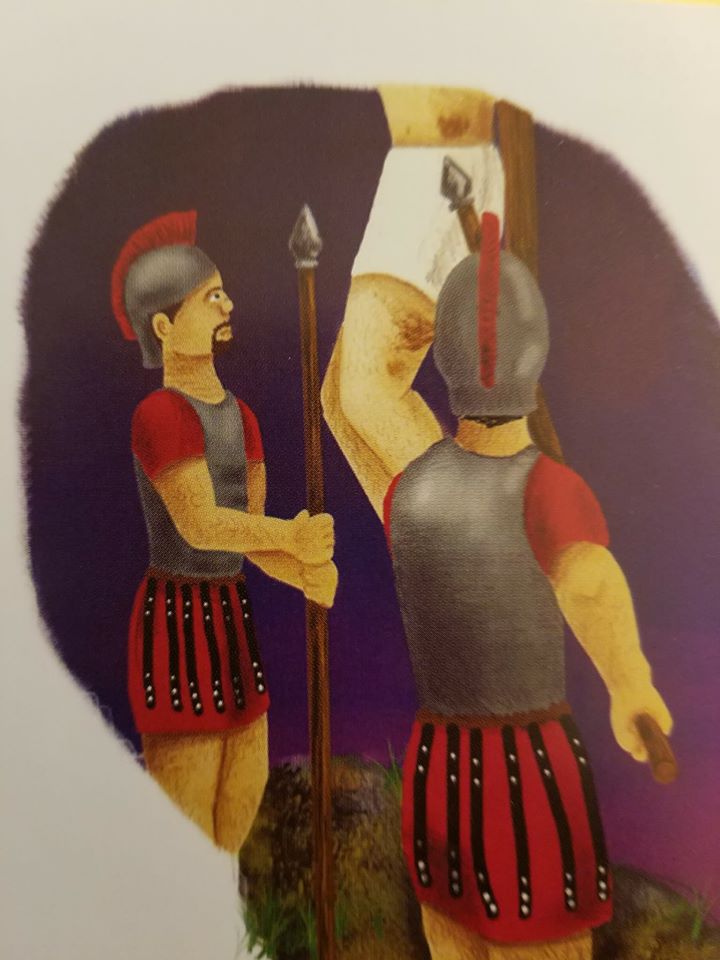
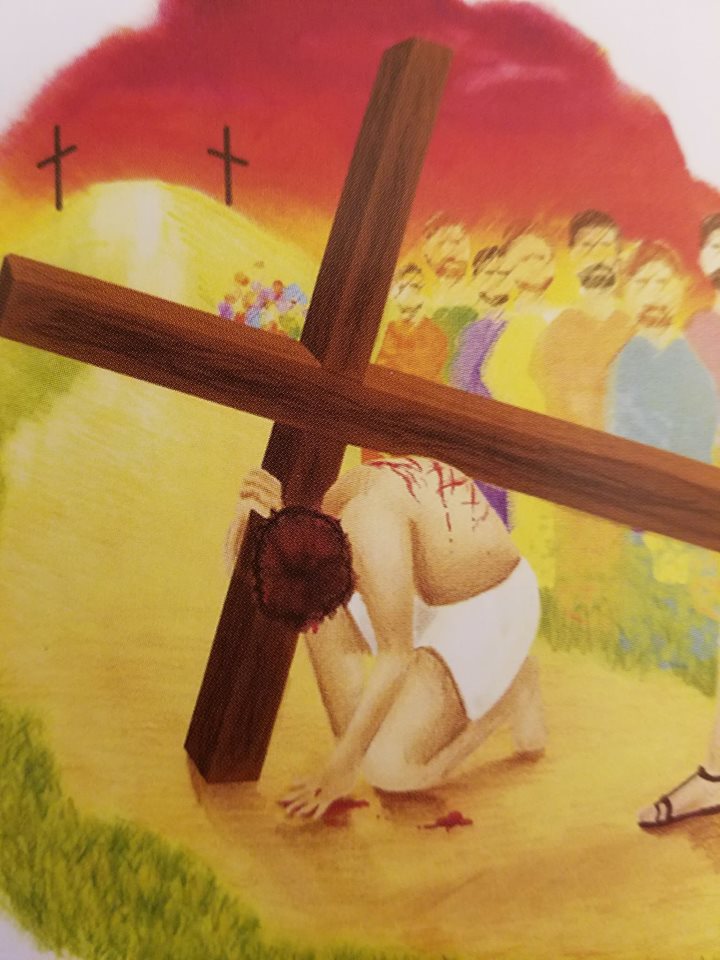
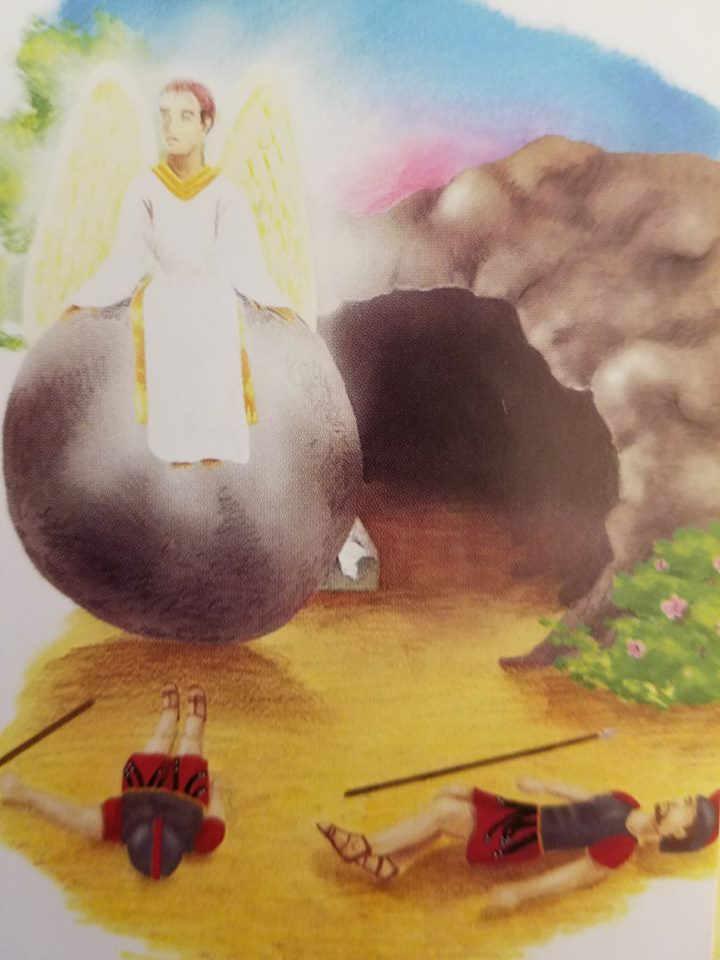
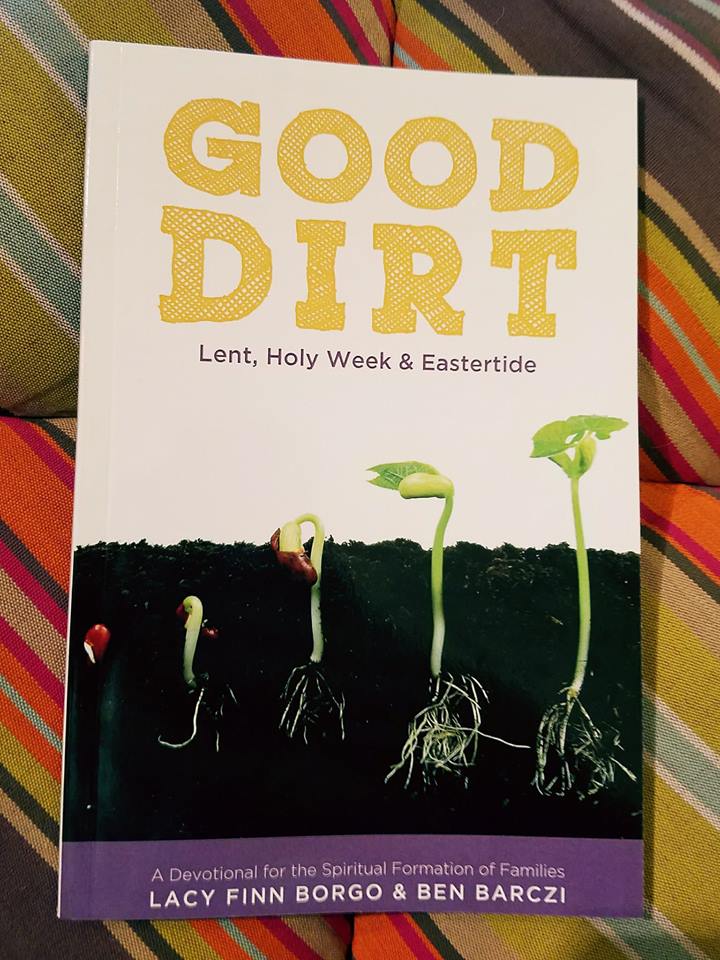
 Thank you for meeting me here in this space. The theme for March is “Simplify,” so you can
Thank you for meeting me here in this space. The theme for March is “Simplify,” so you can 